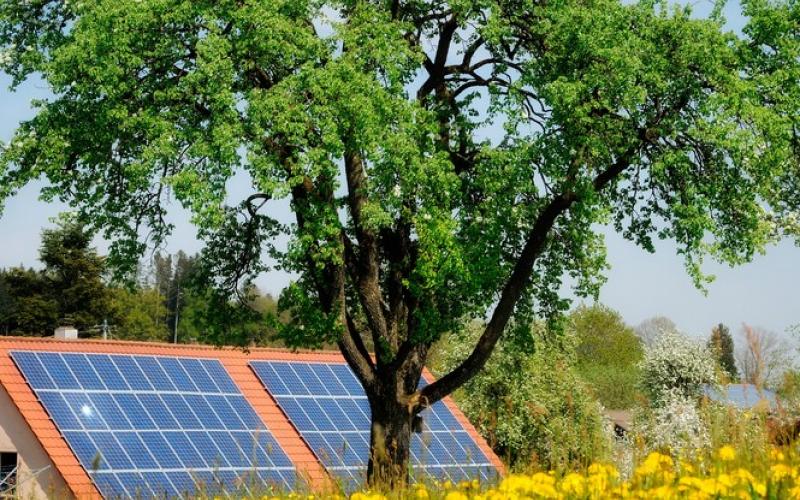Reducing emissions in the U.S. housing sector will require multiple approaches

Reducing emissions in the U.S. housing sector will require multiple approaches
As carbon emissions climb, the US housing sector must embrace both energy retrofits and widespread adoption of green building in new construction to reduce their impacts.
Original Paper:
Onat, N.C., Egilmez, G., and Tatari, O. 2014. Towards Greening the US residential building stock: A system dynamics approach. Building and Environment. 78: 68-80. DOI: http://dx.doi.org/10.1016/j.buildenv.2014.03.030
As global greenhouse gas emissions continue to increase every year, so does humanity's probability of experiencing negative impact. In the U.S., the world's second-biggest emitter, energy consumption in residential buildings is often discussed as one of the nation's major sources of greenhouse gases. In a recent analysis, a team of civil and industrial engineers from the University of Central Florida show that a simple and limited approach to greening the U.S. building stock will not be sufficient to level off the contribution to atmospheric CO2 concentrations resulting from this sector. Rather, they find that a hybrid policy that leverages rigorous energy efficiency standards in new home construction in addition to energy efficiency retrofits is required to approach the emission reductions that our climate demands.
In the study, published in the journal, Building and Environment, the authors use a system dynamics modeling approach to estimate the effects of seven policy options on future climate emissions from the U.S. residential building sector. They also explore a series of 12 hybrid policies that link efforts in new construction with energy retrofit policies. Their model considers 14 variables, including parameters such as fuel efficiency, employee commuting, the number of green buildings, demolition rates, and new construction rates. The values that these variables assume are determined by the policy proposals in addition to gross domestic product and population growth. Relationships between the variables are determined by regression analysis. The model is validated both graphically and statistically to a high degree of confidence.
The results are striking. In an analysis of four policy options requiring that 50 or 100 percent of new homes be built as high-performance green buildings or to net-zero energy standard by 2050, they find that the greenhouse gas emission reductions would be insufficient to level off the stock of emissions emanating from U.S. homes. The authors show that policies requiring the retrofit of 1, 5, or 10 percent of existing buildings, annually, are more effective than new construction policies, but still will not achieve climate goals. Hybrid policies that combine both retrofitting and new construction efforts are necessary to begin approaching stable atmospheric conditions. The combination of 100-percent net-zero energy building construction and an annual energy retrofit rate of 10 percent is shown to be most effective.
As might be expected, they find that higher levels of energy efficiency in new home construction and a faster conversion to energy efficiency through retrofitting will lower emissions to a greater extent than slower and less significant investments in efficiency. Most importantly, this study highlights the necessity of pursuing multiple options at once. Additionally, it shows that energy retrofits are more effective than green building standards in new construction at achieving significant climate-related benchmarks.
Such factors as technology change and policy related to commuting behavior are not considered. Additionally, the feasibility of the proposed policies is unknown. Since the green building industry in the U.S. remains in its adolescence, these are likely to be ambitious policy goals. However, the results highlight the urgency of quick action. They also show that retrofits represent a critical opportunity and that additional efforts outside of the policies considered will be required to level off greenhouse contributions from U.S. homes. The authors' efforts reinforce a productive direction for policy, while determination of precise implementation practices and practical policy designs remain open for innovation.




